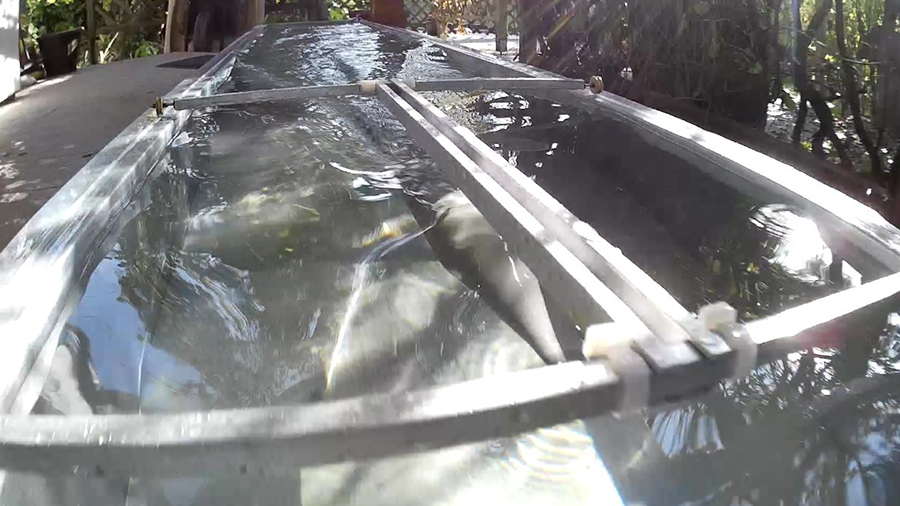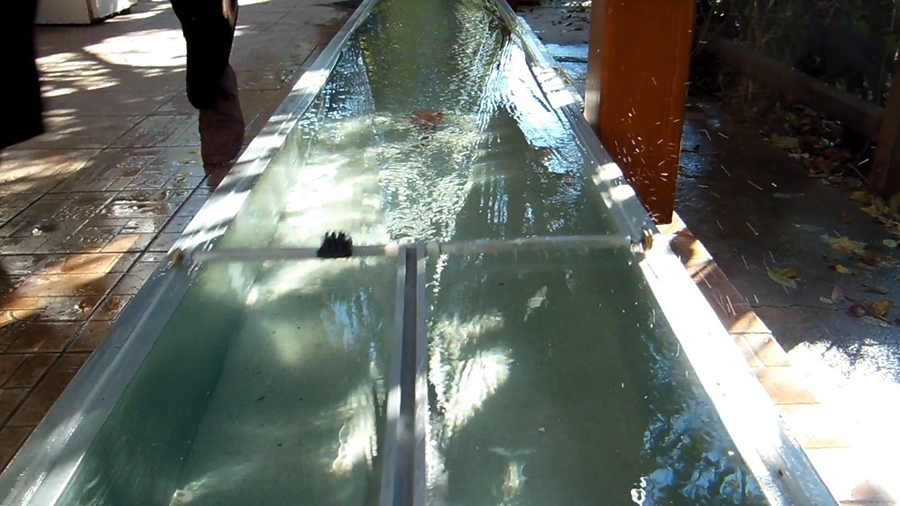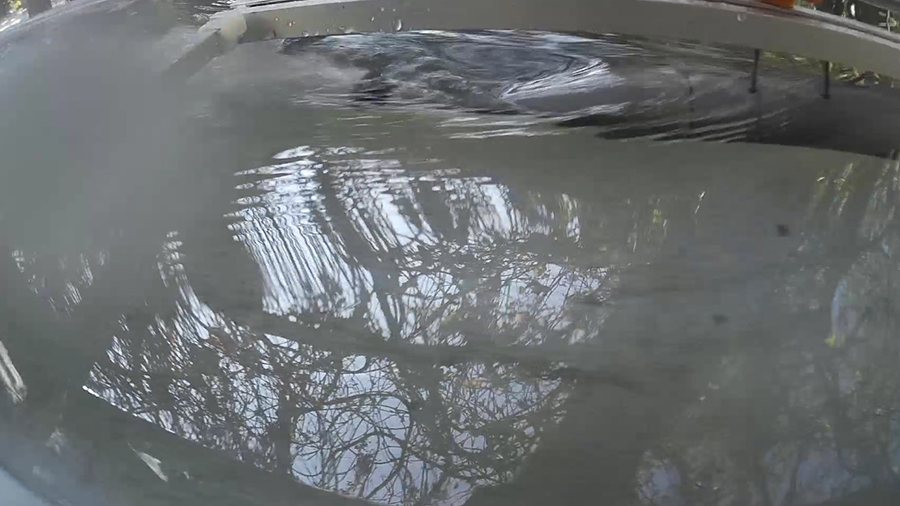
Photos by magaieu
Edward Court placed the screw to the stem (bow, front) of the ship in 1915. It worked as an additional propulsion. The main screws located at the stern (poop, back) – as it is usual today too. (see Fig. 1.)

Most of the ships have propulsion with opened screw at the stern. Some of the propulsions have closed housing – like the jet propulsions – or Kort ring, that can increase the efficiency of the propulsion with some percentage comparing to the opened one.
All these propulsions accelerates the water with 2-3 times at the stern. It causes 0.2- 0.6 bar depression behind the hull of the ship – depending on the speed. It is added to the 0.1-0.3 bar depression, that is caused by the moving hull. The resulted depression gives the 30-40 % of the power need of the propulsion. The other 30-40 % resulted by the stem, that pushes away the water in front of the hull. The stem moves forward against the pushed water, against the wave.
Our invention reduces the waste at the stern and at the stem all together with 40-50%.
There is a drawing of the solution on Fig. 2.

The ship moves from right to left. The propulsion is fixed at the stem. The dotted line arrows show the stream lines related to the ship.
If we use same power for the propulsion as the propulsion needs on a regular ship at the stern, it results 50% net power reduction because the reduced waste energy.
The regular propulsion can not use the motion energy of the water jet, that is leaved back to the water. We use large part of the motion energy of the water jet to apply a depression room before the stem. Other side the depression is decreased at the stern by the replacing the screw from the stern to the stem.
The Fig. 3–8. show the small model test of the new Jet Propulsion in our water channel. The parameters are: diameter of the hull = 43 mm, the length of the hull = 340 mm, the mass of the hull and cart = 493 g. The video have 30 frame/s. The diameter of the screw is 40 mm. The power consumption of the electric motor = 20 W. “Submarine type” hull was used to explain the advantages.






The Fig. 9-12. show the reference tests. This case the screw located at the stern – like the regular hulls. The results are: big waves and loss.




This new jet propulsion results 40-50 % savings comparing to the regular ship – on the 8-16 m/s speed range. Using different deflector units (Venturi type on Fig.2. or Kort ring) different type ship stem is usable for the application of the new jet propulsion.
Less power need for same speed and mess of the ship with 40-50%
Less flue gas emission with 40-50% calculated for same ship mass and speed
Less swirls, cavitation and waves
Higher speed for same propulsion
Less environmental trouble with the foamed water
Shorter distance for accelerating or for the stop process of the ship with 30-40%